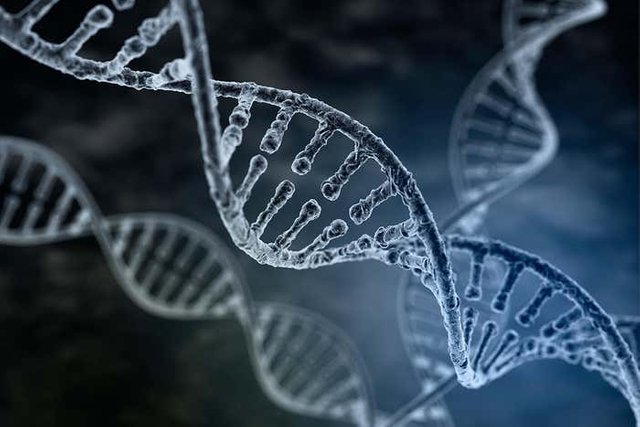Researchers have worked out how a protein called photolyase repairs DNA using light, and their discoveries could guide the development of light-based manufacturing technologies.

Two teams of researchers have uncovered microscopic details of how a protein called photolyase uses light to repair DNA. The discovery could help develop sustainable technologies for chemical manufacture that rely on sunlight.
Most organisms, except many mammals, have photolyase. These proteins repair DNA damage from UV radiation using light. “They’re very good at using almost every single photon they catch,” says Thomas Lane at the German Electron Synchrotron (DESY). “So, for every photon of light, which is the smallest amount of light possible, they can typically generate a DNA repair,” he says.
A DNA molecule comprises two molecular strands that twist around one another, creating a structure similar to a spiral staircase. Each strand has a series of chemical bases along its length, and the bases on the two strands connect up to link the two strands together.
When DNA is damaged, base pairs can break apart. This causes adjacent bases on the same strand to bond together, meaning they can no longer connect to the bases on the opposite strand.
Previous research has shown that photolyase isolates this damaged area and pulls apart the unwanted bonds between adjacent bases, which allows the bases to once again pair correctly with those on the opposite strand. Yet how photolyase achieves this, especially with the high efficiency researchers have observed, remains a mystery.